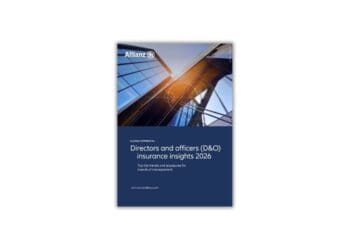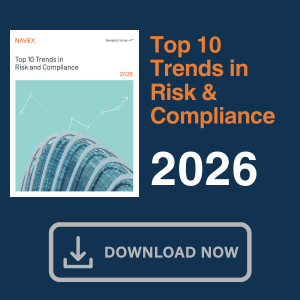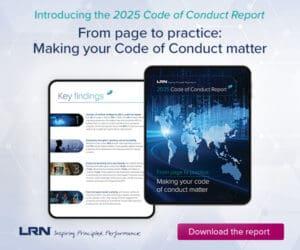With unpredictability becoming the new normal for corporations, how do board directors know they’re providing effective guidance? Robyn Bew, director of the EY Americas Center for Board Matters, breaks down some recent EY research to offer three steps boards should consider now.
The pace and complexity of shifts in the global business environment have had a dramatic — and, in some cases, unprecedented — impact on the way companies operate, from supply chains to pricing, from transactions to capital investment choices, from brand positioning to talent and workforce planning. It also has affected the way boards operate, according to findings in a recent EY Center for Board Matters report, which revealed that 84% of corporate director respondents reported that their boards regularly assess the impact of such risks on their companies’ existing strategies, a dramatic increase from 40% just four years ago.
Our analysis and work with clients point to three actions leading boards are taking to enhance their oversight of global political and economic issues and to provide effective guidance to management teams as they navigate risk, build resilience and capture opportunities for growth.
1. Enhance board expertise
Rather than seeking specific geostrategic expertise from one or two directors, leading boards build on the collective baseline of directors’ experience and business skills to provide effective oversight of global business operations. These boards develop approaches that close gaps in knowledge about evolving global economic, political and regulatory matters in a way that is tailored to the company’s sector and operating footprint, tapping a mix of internal company sources and external advisers. Nominating and governance committees, typically tasked with oversight of board composition and ongoing education, can ask: How are we using internal and external sources to help all board members keep pace with rapidly shifting geopolitical and regulatory developments?
The ‘So What?’ Problem With Board Risk Reporting
10 modern principles for transforming risk communication from compliance exercise to strategic dialogue in uncertain times
Read moreDetails2. Embed geostrategic risk in board and committee activities
Geostrategic risk is rarely mentioned in committee descriptions, and it is often overseen as part of a larger risk portfolio. Leading boards identify where enterprise-level risks and opportunities naturally arise in committee portfolios and ensure meeting agendas provide appropriate time for open-ended, forward-looking discussions about emerging issues and the organization’s response preparedness. To take just two examples, audit committees are discussing the impact of economic and political volatility on financials and how regulatory changes in different jurisdictions might affect compliance processes or required disclosures. Compensation committees are looking at what adjustments, if any, may be needed to performance targets or pay plans due to macroeconomic shifts, tax policies and labor laws.
Highly experienced directors note that it is also important to communicate clear expectations to management teams about what the board wants to see in board reports in areas like scenario planning and contingency preparation. These directors also emphasize that in uncertain times, a culture of open dialogue and constructive challenge is more important than ever.
3. Assess the company’s geostrategic risk management structure
Given the uncertainty in today’s global operating environment, management teams are spending more time in war rooms, working to address fast-moving changes affecting supply chains, workforce policies, capital allocation plans and more. Part of the oversight role the board plays is to help management move beyond its operational focus to incorporate a longer-term perspective on the impact of these changes, making a connection between immediate needs and the organization’s long-term strategy and implications.
Directors can also ask probing questions to help senior management assess whether the organization’s risk management structure is fit for purpose over multiple time horizons — near-term as well as long term. For example: What must be true for our strategy to succeed, and what global economic or political developments could undermine those assumptions? What are the most critical failure points in our operating structure that could be affected by geopolitical risk, and how confident are we in our mitigation plans? What is the company’s geostrategic risk appetite?
Addressing today’s geostrategic challenges while planning for tomorrow
Many CEOs and board members spent the bulk of their careers in a business environment where an open global trade regime was taken for granted. After years of financial turmoil, a global pandemic, sometimes unexpected military actions and numerous resulting supply chain shocks, a return to prior conditions seems unlikely, and companies are bracing for what may come next. In response, leading boards are embedding geostrategy in full board and committee discussions, including geopolitical topics in the board’s ongoing education program and encouraging management to focus on the long term — even as company leaders respond to the challenges of the day.




 Robyn Bew is director of the EY Americas Center for Board Matters at Ernst & Young. She oversees EY efforts to support board members and executives on a range of governance and strategy issues.
Robyn Bew is director of the EY Americas Center for Board Matters at Ernst & Young. She oversees EY efforts to support board members and executives on a range of governance and strategy issues. 






